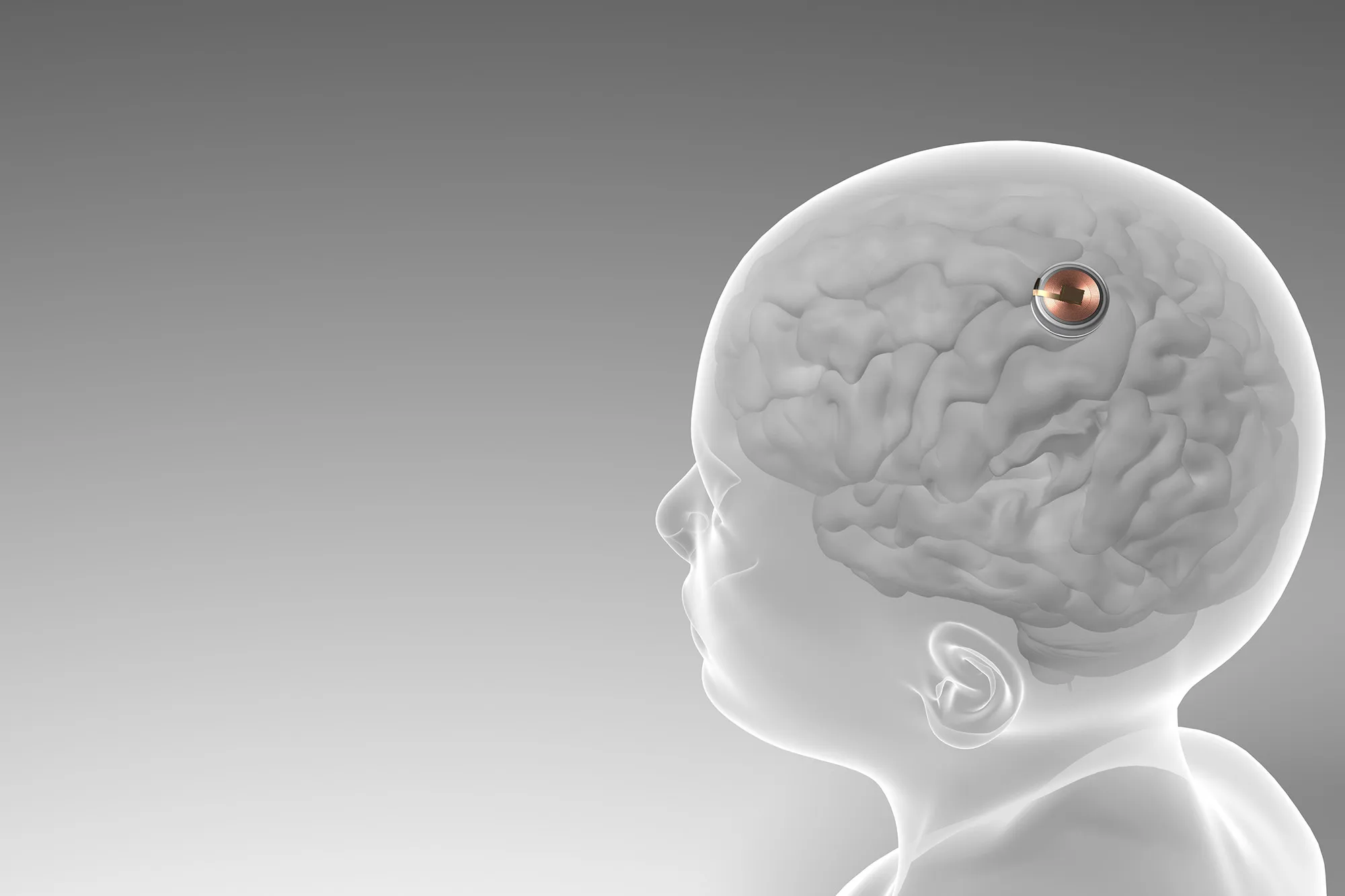
Four months after undergoing a groundbreaking medical procedure to implant a Neuralink device in his brain, Noland Arbaugh, the first human subject in the clinical trial, continues to demonstrate resilience and optimism despite significant technical challenges.
Paralyzed from the neck down, Arbaugh’s initial progress with the brain-computer interface offered promising glimpses of potential new therapies for individuals with severe physical disabilities.
The device, described as roughly the size of a stack of quarters, was surgically embedded into Arbaugh’s brain after removing a circular section of his skull. The operation involved placing delicate sensor tendrils into the brain tissue, designed to transmit neurological activity to the computer for interpretation.
Initially, Arbaugh’s control over a computer cursor was so precise that he engaged in video games like Mario Kart and strategy-based games well into the night, showcasing the device’s potential to restore a level of independence to his life.
Facing Technical Setbacks
However, complications arose when about 85% of the device’s tendrils dislodged from their optimal positions within the brain, a setback that significantly diminished the interface’s functionality. Neuralink’s team responded by reprogramming the system to compensate for the loss, allowing Arbaugh to continue using the cursor, albeit through a newly adapted method for clicking.
Despite these issues, the decision was made against performing another surgery to reposition or replace the threads, as the situation had stabilized and the potential risks of further invasive procedures were deemed too high.
Arbaugh’s Journey to Neuralink Advocacy
From his home in a small desert town in Arizona, Arbaugh has emerged not only as a participant but as an enthusiastic spokesperson for the technology. His personal story adds a human element to the high-tech trial; once a vibrant young man engaged in sports and academic competitions, his life took an unexpected turn after a swimming accident left him paralyzed. The accident occurred during a seemingly innocuous dive into a lake with friends, leading to instant and irreversible damage from the neck down.
Arbaugh’s journey with Neuralink began after a friend introduced him to the company’s trial, seeing it as a potential breakthrough for his condition. Despite not having strong initial opinions on Elon Musk or Neuralink, Arbaugh was drawn to the project’s ambitious goal to revolutionize medical technology by potentially restoring sight, movement, and speech to those severely impaired.
What Challenges Lie Ahead for Neuralink?
Neuralink’s initiative is part of a broader field where companies are leveraging decades of research to create interfaces that could significantly enhance the quality of life for individuals with disabilities. These efforts are closely regulated by federal authorities, including the FDA, which recently authorized Neuralink to continue its research with additional patients.
This approval comes despite the inherent risks associated with brain surgery and the implantation of foreign devices, which can lead to complications like the formation of scar tissue or the rejection of the implant by the body’s immune defenses.
As the trial progresses, the technical challenges and adjustments made by Neuralink highlight the complexities of interfacing directly with the human brain. Experts in the field, like Lee Miller and Cristin Welle, emphasize the difficulties of:
- Environmental dynamics: The brain’s movement as the head swivels and bobs can disrupt the connections.
- Biological defenses: Robust immune defenses are designed to wall off any foreign invaders, which can complicate long-term implantation.
Comparative Approaches in Brain-Computer Interface Technology
Despite these hurdles, the potential of such technology remains vast. Other companies are exploring alternative methods and technologies to achieve similar goals, indicating a vibrant and evolving field of research.
Synchron, based in New York, has opted for a less invasive method by going through a vessel to implant a tiny metal tube near the motor cortex, which captures broader neural signals rather than the subtler activities that Neuralink’s threads target. They are currently conducting human trials.
Precision Neuroscience also based in New York, has adopted a different strategy by placing a flexible strip with sensors directly on the surface of the brain, avoiding deeper tissue penetration. The company is actively reviewing the data from these trials, offering a potential alternative to Neuralink’s approach.
Researchers have long experimented with various brain-computer devices, notably the Utah Array, which involves a grid of 96 pins resting on the brain’s surface. Despite its utility, the need for external wiring through the skull poses a significant infection risk, prompting companies like Blackrock Neurotech to develop fully implantable upgrades.
Paradromics is following a similar path, using a device based on the Utah Array to test its technology in animals with plans to move to human trials within a year.
Related News:
Featured Image courtesy of Just_Super via Getty Images/iStockphoto
